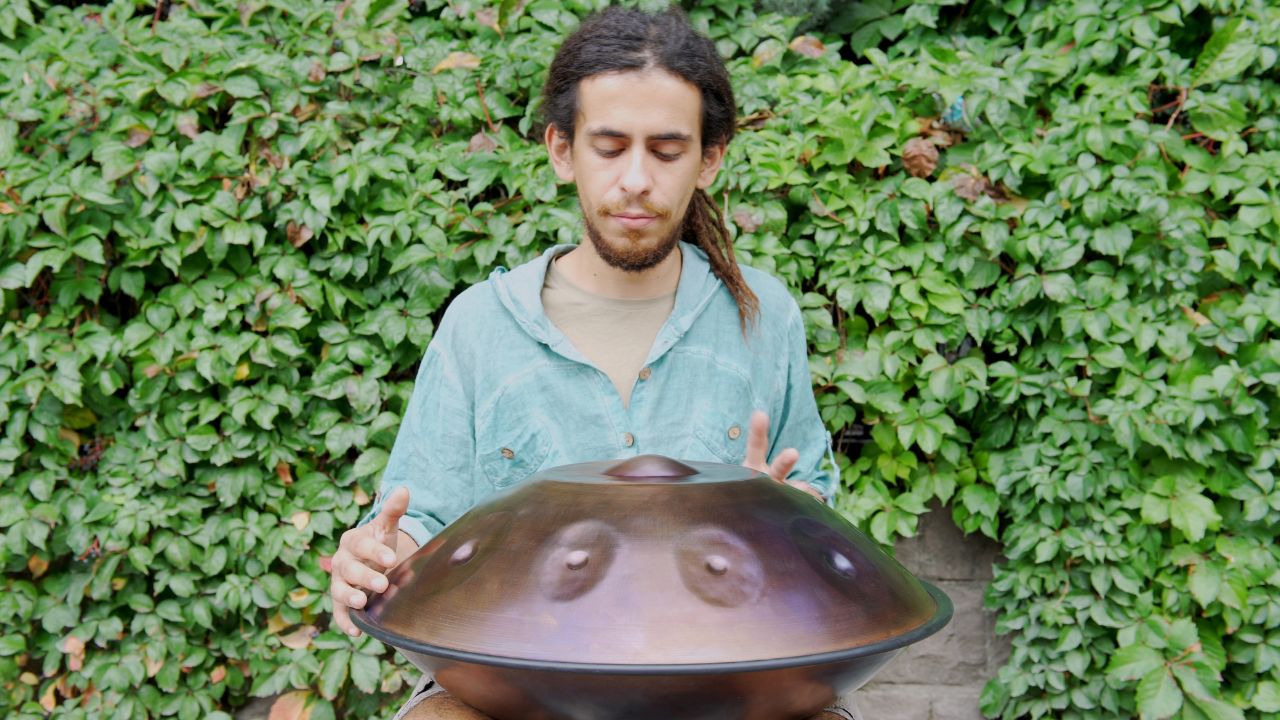Tunings on a handpan between 440Hz and 432Hz can have a huge difference in how the instrument sounds and how listeners hear it. But this is simply a matter of personal preference that depends on the type of music played, the desired effect on the musician and the desired emotional effect. In this article, we will look at handpans, and we will set out to discuss which handpan for sale is the right one for you.
Historical Context and Differences
Modern musical instruments are tuned to 440hz (concert pitch) 'standard tuning.' It means that the 'A' note above middle C will vibrate 440 cycles per second. In the 20th century this was adopted as a standard, so all instruments and orchestras would be consistent.
While 432Hz is a slightly different, and arguably more esoteric, tuning which is pitched a teensy bit lower than the standard pitch, advocates for 432Hz also say it's closer to the frequency of nature as well as the Universe; they argue that it gives a warmer, softer sound than the more ”bright forward” 440Hz.
Sound Quality and Musicality
Though the difference between 440Hz and 432Hz is tiny, if you have really discerning ears, you can hear it! As tuned to 440Hz, they make a chimey, clear, bright sound that will accommodate other instruments tuned on the same frequency. Due to this, 440Hz handpans are the sort of instrument that should be selected to be played in groups which will blend perfectly with the existing instruments.
On the other hand, handpans tuned to 432Hz provide a slightly lower but mellower tone, which is described by some as more earthy or soothing. The reasons for this tuning is sometimes favored when playing solo or in sound therapy playing, particularly when focusing on meditation and relaxation. Additionally, the slightly lower pitch can decrease the sensed dissonance, adding sound that many people believe is more resonant and harmonically richer.
Therapeutic Qualities
Another reason with both frequencies, are perceived as therapeutic by some is the choice between 440Hz and 432Hz. A few sound healers and therapists use 432 Hz, based on claims that this frequency is less taxing on the body and mind and more sobering. While these claims are subjective and largely anecdotal, that’s what makes claims about the superiority of 432Hz over the standard 440Hz so central to the choice of 432Hz by some people and some songs.
Considerations for Musicians
When choosing the tuning of the handpan, musicians should think of a number of things. If you play with other musicians often who use instruments tuned in concert, a 440Hz handpan is more practical. This way, your handpan will not sound out of tune in the ensemble context.
And there is 432Hz as a more solo practitioner or therapeutic use of the handpan or if you really want to just enjoy your handpan. You might find using this tuning will enhance your playing experience, offering some different (and some say more pleasing and relaxing) sounds.
Conclusion
There isn’t a right or wrong way to do it; it is just whatever you feel like. One might also find it useful to try both frequencies out yourself by playing some handpans. In the end, you want to pick a tuning that you think will suit you the most musically and what you’re playing it for. The most important thing is whatever sounds best to you and your audience, no matter if you prefer the bright, consistent harmony of 440Hz or the calm and introspective tones of 432Hz.


